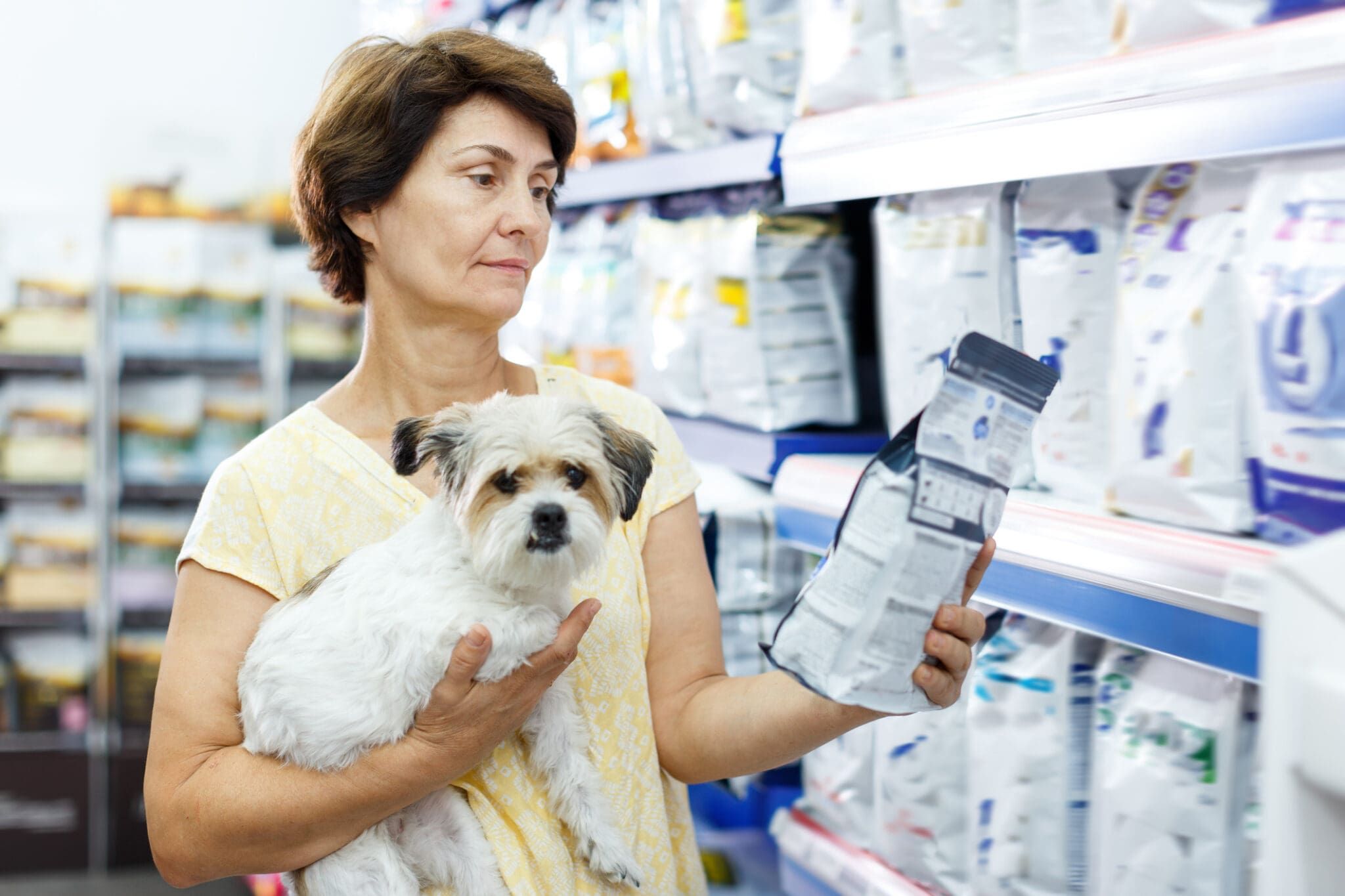Finding a suitable food for dogs with dietary sensitivities, allergies, or chronic digestive issues can be a challenge, and often veterinarians suggest foods that contain hydrolyzed proteins as a solution. By feeding a hydrolyzed diet, you can ensure your dog is getting complete and balanced nutrition while you methodically isolate and identify dietary triggers. So, what is hydrolyzed protein, why is it used, and are there any side effects to be concerned about when feeding it to your dog?
Protein Problems
When dogs have sensitivities or reactions to food, proteins are often the cause (chicken is the most common protein in dog foods). Proteins are large, complex molecules, with unique shapes and characteristics. Sometimes, the immune system can mistake these proteins as a threat and attack them, causing an inflammatory, or immune, response that can leave dogs feeling itchy, lethargic, and sick.
However, the process of hydrolyzation uses enzymes to break proteins down into smaller, more easily digestible pieces, such as amino acids and peptides. These smaller pieces are less likely to trigger an immune response in the body, making hydrolyzed-protein food an ideal choice for dogs with food sensitivities or allergies.
Hydrolyzed Proteins Are Nutritious
Despite being broken down into smaller pieces, hydrolyzed proteins retain their nutritional value. When dogs eat protein, their bodies break down the proteins into individual amino acids that can then be used to repair cells, build muscles, create enzymes, and more. But with hydrolyzed proteins, the hard work of digesting the protein down into those smaller components has already been done, making these proteins more bioavailable than intact proteins.
Side Effects of Hydrolyzed Protein Dog Food
While there are many benefits to feeding diets that contain hydrolyzed protein, there are some downsides to them as well:
- Price: Hydrolyzed proteins are more expensive than traditional proteins due to the specialized processing they must undergo. This added cost makes the resulting food expensive, especially for large breeds who need to eat large quantities of food, or for dogs who need to be on these specialized diets long-term.
- Palatability: While intact proteins tend to be tasty, amino acids can be bitter, making some hydrolyzed foods less tasty than traditional diets. Because of this, pickier dogs may not be willing to consume hydrolyzed diets.
- GI Upset: While hydrolyzed proteins are generally easier to digest, some dogs may experience gastrointestinal upset during the transition period onto the new diet. Temporary diarrhea, vomiting, and flatulence may occur as your dog’s digestive system adjusts to the new food.
Diets using hydrolyzed proteins can be a valuable solution for dogs with food sensitivities, allergies, or digestive issues. Hydrolyzed diets can offer benefits such as reduced allergenicity and improved digestibility, while still providing your dog with complete and balanced nutrition. Of course, cost considerations and a dog’s willingness to eat the diet due to palatability concerns are factors that need to be weighed when choosing a hydrolyzed diet for your pet. As always, consult your veterinarian if your dog requires specialized dietary support.

